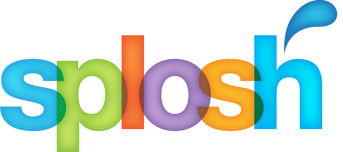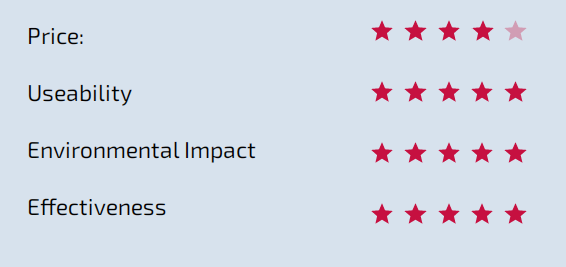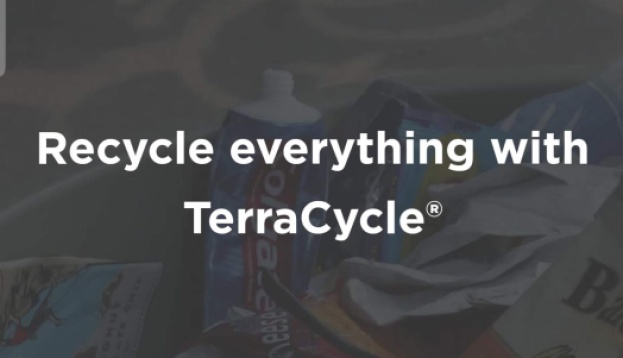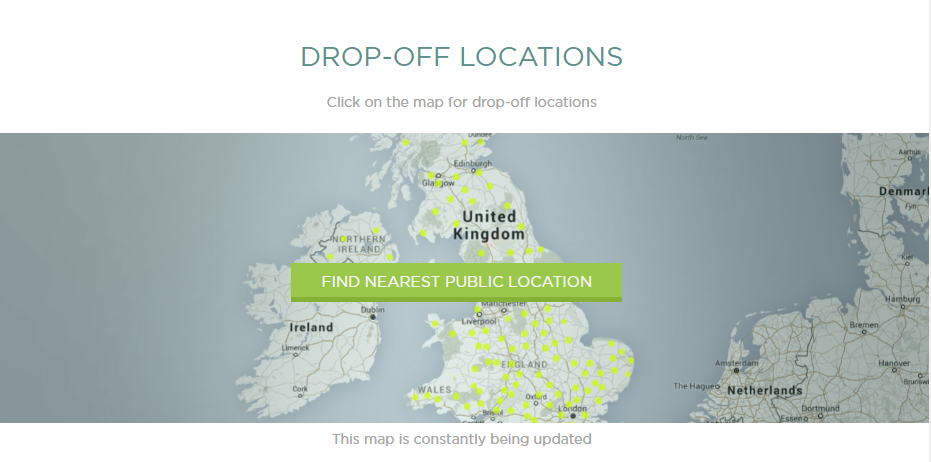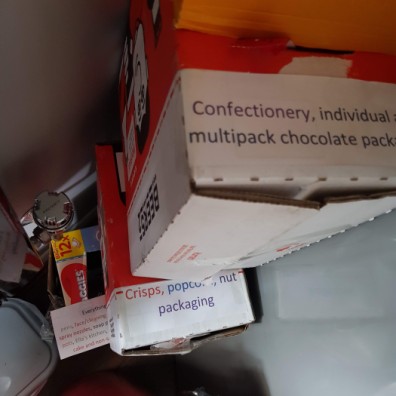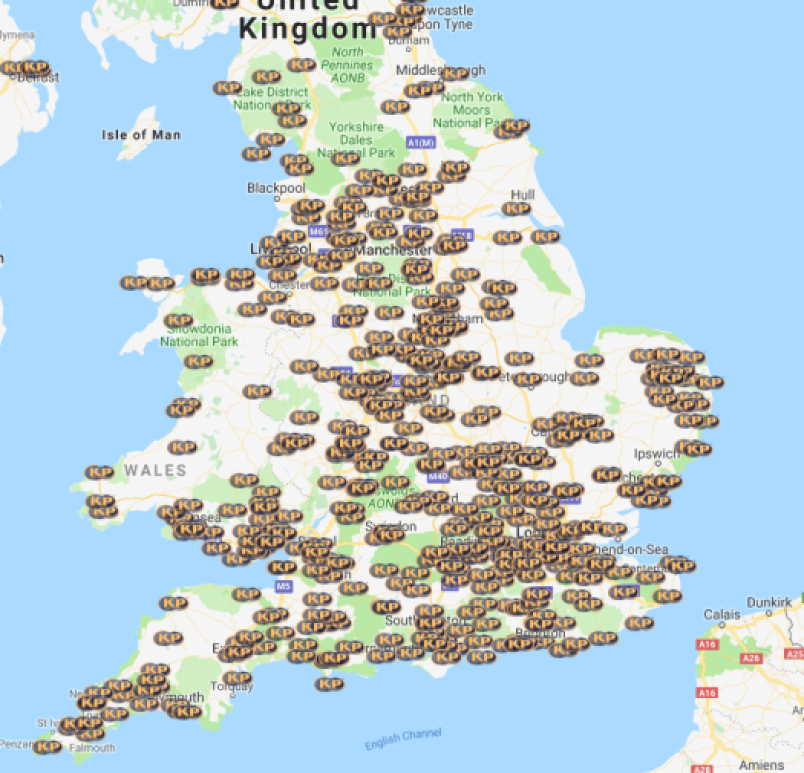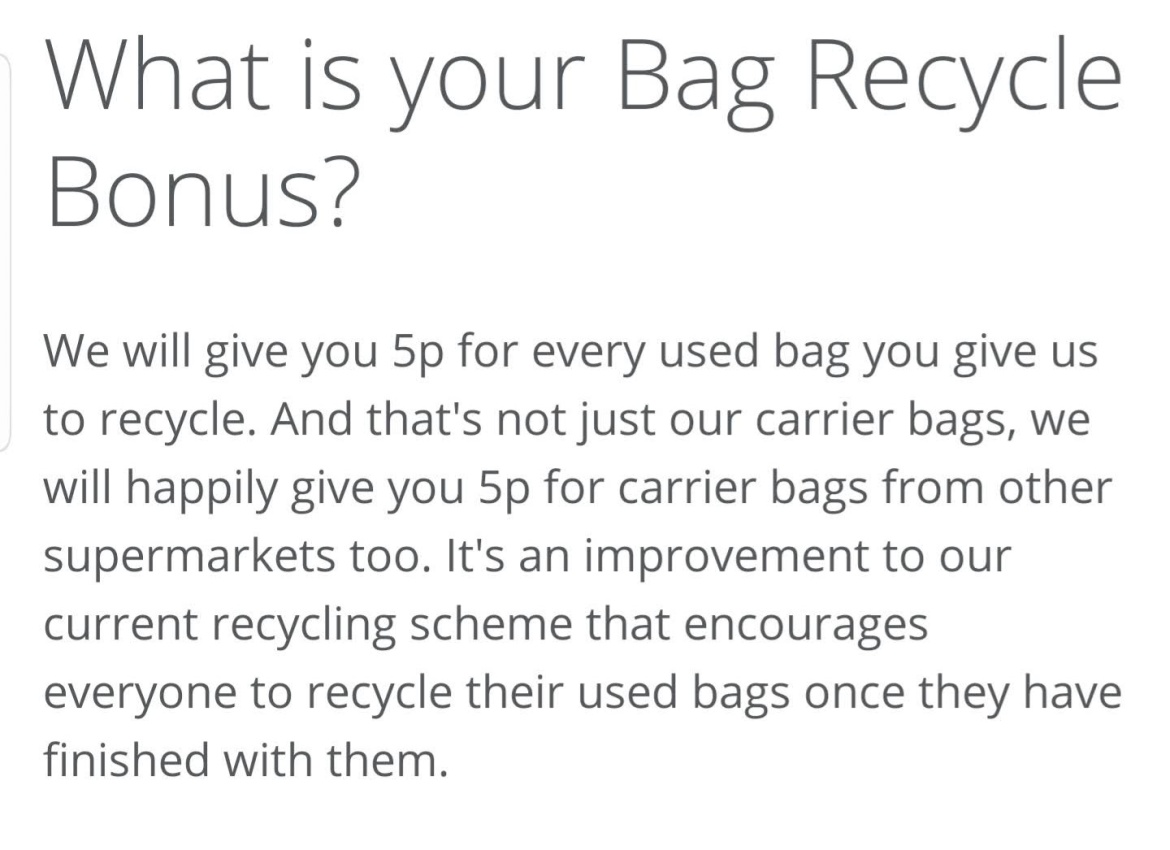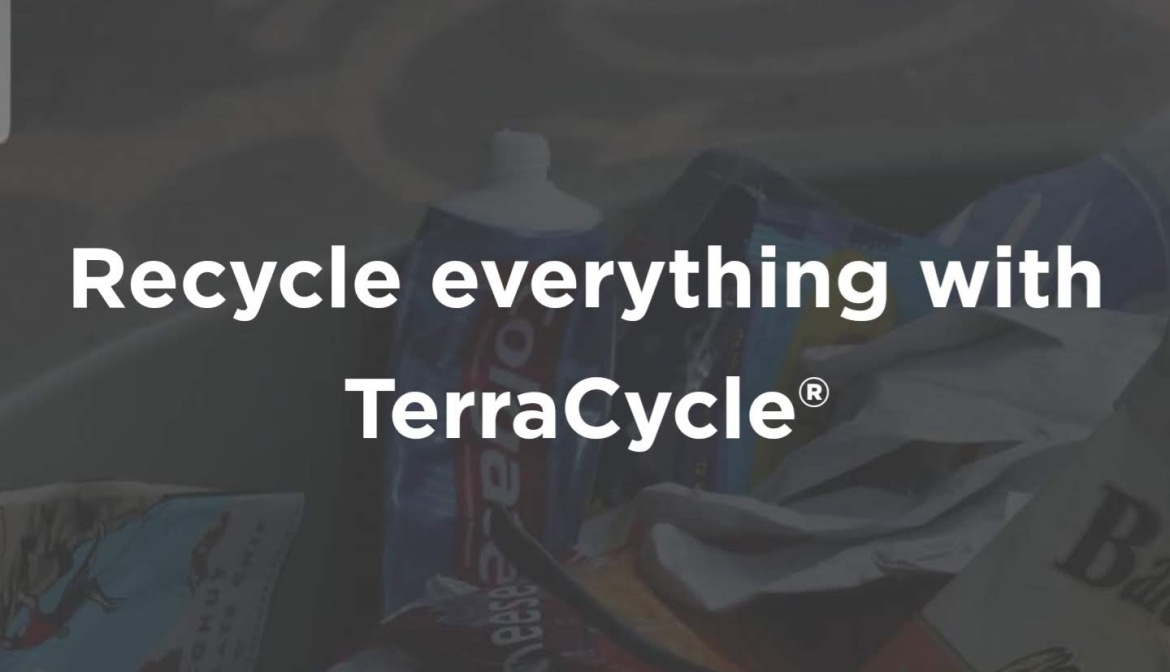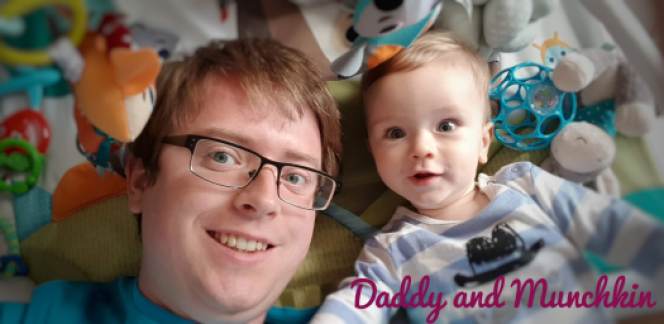Our Journey in 2023 to more sustainable lifestyle
When you buy something using the retail links in our blog posts, we may earn a small commission. This money goes towards fuelling further content. If you want to support us, you can also buy us a coffee ☕
Since learning about global warming in detail back during my pre-GCSE years I have always been concerned about how we act and the impact on the planet, but was much less educated about the ways to improve, I liked things like a fast car without thinking about the pollution and had a much more wasteful lifestyle.
Fast forward to the birth of Munchkin, I suddenly had a good purpose to change as it was hard to imagine a world where Munchkin wouldn’t meet an orangutan and instead grow up living on food containing microplastics. This began the start of our more sustainable lifestyle.
What we do now shapes the world our kids will live in after all…
By 2030, the demands from 5.6 billion consumers will be draining the Earth for resources so fast that we need two planets to support us. If everyone lived like western consumers, we would need five.
The World Counts
and that says a lot. Two planets? Last time I checked, we only have one.
This is why we chose to live an ever developing (as I’m still learning and finding new things to change) sustainable lifestyle.
Sustainable life
What do we mean by ‘sustainable living’?
If we take these two things into account:
- ‘Both people and nature are facing severe consequences if our current consumption of resources increases’ – WWF.org
- ‘The world population is growing by over 200,000 people every single day. It will reach 8.5 billion by 2030 with 5.6 billion people being part of the consumer class’ – The world counts
Then we all need to reduce what we use to keep our consumption at, or below, current rates.
This means we need to use less, use better, reuse more and recycle more.
Otherwise, we risk dangerous global consequences with bigger extremes in climate, with more flooding, fires and drought, more microplastics in our food and more risk of disease.
The beginning of our sustainable living life style.
There’s many things we could change so we looked at starting with the biggest impact. With a baby at the time the answer was simple – plastic – and more specifically wipes and nappies. We keep it going and keep our promises each year by making and posting more plastic free and environmentally sound promises.

Then once we had those changed that we looked further – moving around the house and looking at all of our behaviours and changes we could make.
The key was to change gradually. Switching products and lifestyle choices little by little.
Four years on we live, guided by our eco-warrior guidelines, to live our lives as a more environmentally friendly family. So, here we go here are our:
Our eco-warrior guidelines for a more sustainable lifestyle
1. Reduce plastic use
One of main swaps has always been around reducing our plastic use and waste as ‘By 2050, virtually every seabird species on the planet will be eating plastic.’ – The national Geographic .
Ways we have changed this include but are not limited to:
- Using reusable or plastic free baby products such as nappies and wipes and eliminating bags – We changed nappies with The super reusable nappies and eco-friendly alternatives from Kit & Kin.
- Cleaning our house without buying plastic contained cleaning products. – We switched our cleaning products to Koh, Smol and, more recently the Bower Collective.
- Using plastic free deodorants and shower products – I currently use and recommend Wild deodorant Bare bar and Grumm skincare.
- Removing washing up sponges and using alternatives.
- Recycling as much as possible with Terracycle and Plastic bag recycling.

2. Reuse and recycle
It feels like single use plastics are getting phased out slowly from many consumers however:
‘Plastic production and use is forecast to double over the next 20 years, and quadruple by the early 2050s’
The National Geographic
And furthermore; more than 5 trillion pieces of plastic are already in our oceans. Plastic that endures from 450 years to forever (the national geographic).
This means we first need to reuse and reduce our consumption.
We do this by:
- Avoiding use of plastic straws by using paper or our own
- limiting our purchase of plastic by sourcing eco-friendly alternatives
- Using reusable containers to store food
- Use metal drinking bottle alternatives
Then for the plastic we do generate (because inevitably there will be some):
We recycle everything we can, filling that bin up every fortnight.
Go one step further by taking a majority of plastic bags to large supermarkets too. This service takes chocolate and crisp packets, frozen food bags, carrier bags, bread bags and more.
Then to top it off we due Terracycle to recycle the things we can’t at home or at larger stores.
3. Save energy
With energy costing horrific levels right now I wouldn’t be surprised that most people are doing their bit to save energy anyway.
We have reduced our thermostat and heating use, swapping for hoodys, installed solar panels and have got smarter with smart plugs turning off devices when not in use.

We get the rest of the energy we do use from an eco-friendly provider ensuring no energy we use comes from fossil fuels.
Following from the solar panels, I’ll be looking for an electric car in the next few years.
Watch this space?
4. Reduce food waste.
Food takes a astronomical amount of carbon, water, and energy for its production, storage and transport and then so much goes to waste:
Roughly one third of the food produced in the world for human consumption every year – approximately 1,3 billion tonnes – gets lost or wasted.
Stop wasting food movement
We make an effort to only buy what we need, and make sure its all used before sell by date, keeping leftovers for the next day.
We compost our food waste, returning it to the soil, which we would use to make more food ourselves if we had the space – something we hope to do one day in the future.
5. Use eco-friendly household products
Eco-friendly household companies exist tackling two problems; plastic packaging and the presence of toxins which are harmful to the environment.
We use/recommend:
- Smol – Eco-friendly dishwasher, washing machine tabs and surface sprays
See our Smol review here ➡️

- Splosh – Plastic free washing up liquid, soap, toilet cleaner and other household products.
- The Bower Collective – Plastic free washing up liquid, soap, toilet cleaner and other household products
Review coming soon
- Koh – all purpose surface cleaner
6. Chose eco-friendly toys
When the kids are young this was simple. For every plastic car there’s a plastic free alternative. You can also get wooden kitchens and food, train sets, garden toys etc, etc. One of our favourite toys that Munchkin has enjoyed over the years is the wooden Mutable. Review here ➡️
This has admittedly had to change slightly when Munchkin approached 3 to 4 years old. His interest in Lego grew, as well as other plastic-only toys which don’t seem to have the same plastic free alternatives. So I had to alter my perspective.
I decided toys like Lego and Magnetic tiles allow endless opportunities. We could have a Lego city now, and build a Lego aeroplane in a few years on a magnetic tile runway. These toys will then get easily sold one day (not that I’ll ever want to get rid of Lego!). This way we can have some plastic, without feeling too guilty as it will get used for years and years and passed on.


7. Go paperless
With every retailer and bank owning a phone app, its easier than ever to tick that box and go paperless.
Having digital versions of what you previously locked in a box in the wardrobe also makes them easy to archive and then search and find again too plus it saves those precious carbon storing trees?.
8. Donate don’t dispose
This is one thing we notice when we had Munchkin. Babies go through new clothes every few months at what seems like a lightning rate. Likewise as adults, we stop wearing otherwise perfect clothing.
Similarly children move on from one toy craze to the next (although we try to limit this waste with adaptable toys like Lego as mentioned before).
To prevent this we store all our children’s clothes and toys in the loft, and now with Sprout, we bring them down eliminating the need for new clothes and toys.
Then when we know we won’t need them again, we pop to the recycling donation boxes and give our clothes to people who may need them more.
This means, in all, close to zero waste.
9. Save water
Water is easy to take for granted, as most of the western world has a continuous clean supply however;
Increased frequency of drought across Europe lines up with climate projections
Energy saving trust
meaning this is an international issue. Furthermore on home soil, 12 our of 23 water companies operated last year in ‘serious’ stress meaning this really can affect us all.
We save water by;
- Taking short showers, and using the minimum water in the bath with the kids.
- Use cold water rather than hot when possble
- Only run the dishwasher and washing machine when they are full (an easy one with two children!)
- Use the dual flush function on the toilet correctly.
- Installing a water butt this year
All these little differences add up.
Living by these 9 sustainable lifestyle guidelines we save plastic, water and carbon, but we know we can do more.
So here are some of our future guidelines…
Our future ‘sustainable lifestyle guidelines’
1. Grow produce.
If we eventually move house and have space I will certainly grow our own food, eliminating all the carbon associated with transport and storage. It would also be a great way to teach our children to appreciate where food comes from and put our composting to better use.
2. Eat less meat
This is a huge one as ‘Meat production accounts for 14.5% of the world’s greenhouse gas emissions’ – carbonbrief.org, and is something we were really good at in recent years but have more recently fallen off the wagon. We will aim to make some simple switches, with tons of meat-less options available now, to increase our meat free days in the coming months.
These have been our sustainable lifestyle swaps because we only have one planet. Do you have any others? Let us know in the comments.
Thanks for reading,
Daddy, Munchkin and Sprout






















